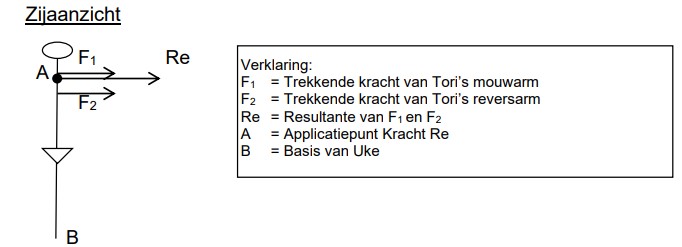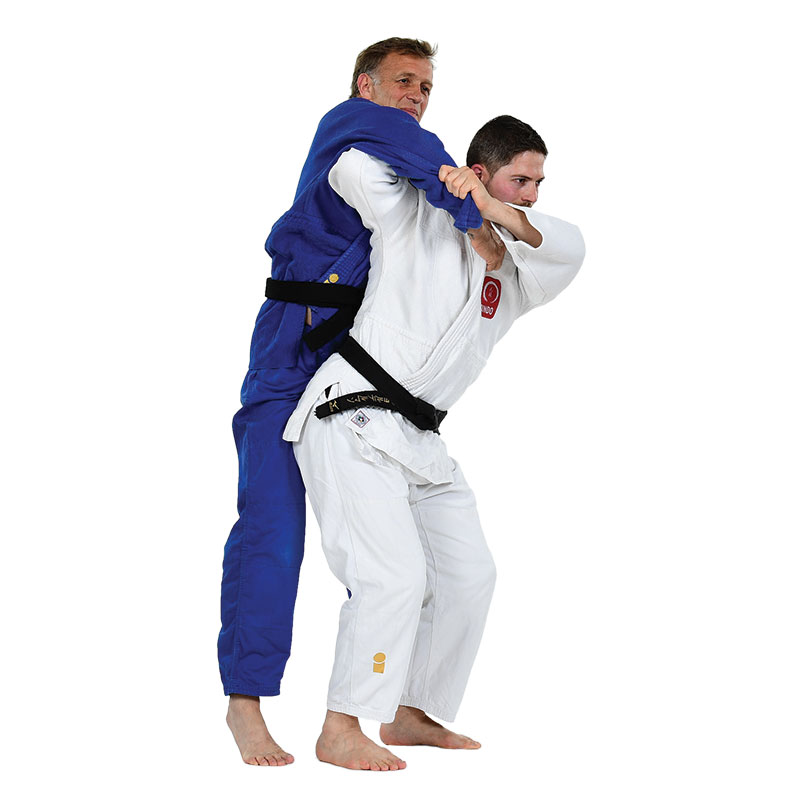Seoi-nage – 背負投 – Shoulder Throw
Classification: Nage-waza (throwing technique) – Te-waza (hand technique)
Type: Forward throw
Kodokan-recognised technique
Difficulty: ★★★☆☆
Technical Description
Seoi-nage, or Shoulder Throw, is one of the most iconic and frequently used techniques in modern judo. It involves turning inward, loading your opponent onto your back, and projecting them over your shoulder in a controlled, dynamic throw.
The technique begins with breaking uke’s balance (kuzushi) forward or toward the front-right corner. Tori then rotates leftward, slipping the right arm under uke’s right armpit, bending the elbow, and bringing uke’s weight onto the back and shoulders. Finally, tori completes the throw by pulling uke forward and rotating the hips and knees.
This technique demands timing, rotation, explosive force, and posture control.


Did You Know?
Seoi-nage is one of the most adaptable techniques in judo. Because of its dynamic entry and strong core mechanics, it serves as an excellent linking technique and even a powerful counter-throw.
-
Transitions: It can easily connect to Ko-uchi-maki-komi, or flow into Yoko-wakare as a follow-up when uke defends.
-
Variants: Includes Ippon-seoi-nage, Morote-seoi-nage, Eri-seoi-nage, and more.
-
Timing-sensitive: Perfect for use in reaction to uke’s forward motion or during cross-grip exchanges.
-
International favourite: Many elite judoka—such as Toshihiko Koga and Shohei Ono—have used Seoi-nage as their signature throw.
In both randori and shiai, Seoi-nage remains one of the most effective and versatile throws in the entire judo repertoire.